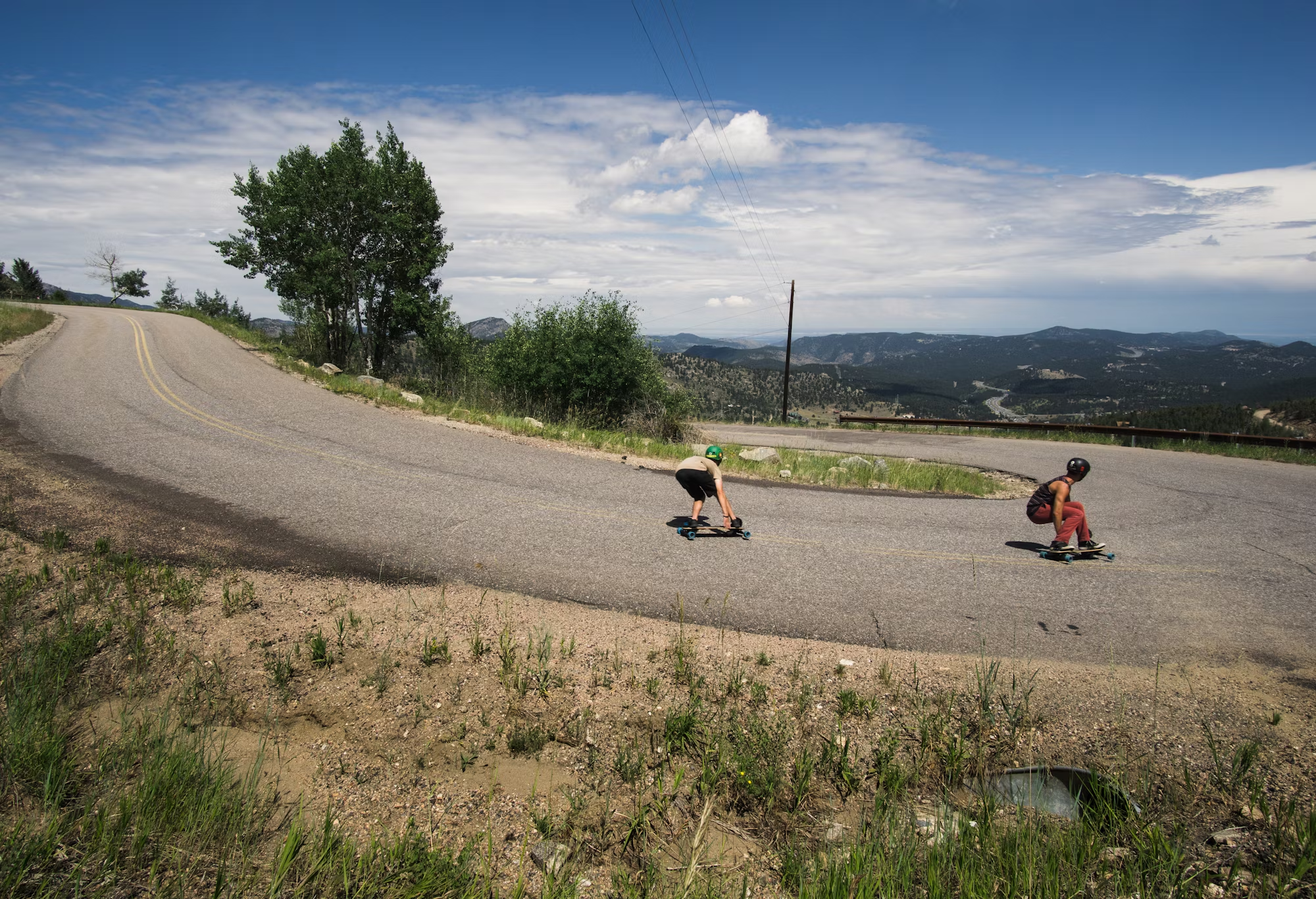Cycling is a universal activity that transcends age, ability, and background, making it one of the most inclusive forms of transportation and recreation. With a variety of disciplines and styles available, cycling caters to a wide range of interests, ensuring that everyone can find their niche within this vibrant community. This article explores the diversity of cycling, highlighting how it fosters inclusivity and promotes well-being while bringing people together.
The Inclusive Nature of Cycling
At its core, cycling is about freedom and accessibility. Unlike many sports, which often require specific skill sets or physical attributes, cycling is adaptable to individual needs and abilities. From children learning to ride for the first time to seniors enjoying leisurely rides, anyone can participate in this activity. The ability to modify bicycles with various frame sizes, seating positions, and features makes cycling a welcoming choice for all.
Recumbent bikes, tricycles, and electric bikes are just a few examples of how the cycling community has embraced inclusivity. These options allow individuals with different physical capabilities to engage in cycling without feeling restricted. Additionally, adaptive cycling programs are popping up around the world, providing specialized equipment and training for people with disabilities. This ensures that everyone can experience the joy of riding.
Types of Cycling: Something for Everyone
The diversity in cycling styles means that there truly is something for everyone. For those seeking speed and competition, road cycling offers thrilling opportunities. Competitive events range from local criteriums to iconic races like the Giro d’Italia, attracting riders who thrive on adrenaline and strategy.
In contrast, mountain biking immerses cyclists in nature, challenging them to navigate rugged terrains and steep trails. The thrill of descending a mountain or conquering a technical trail provides an exhilarating experience, appealing to those who crave adventure and the great outdoors.
For individuals interested in a more relaxed experience, bike touring opens up a world of exploration. Touring allows cyclists to embark on multi-day journeys, discovering new regions and cultures at their own pace. Whether riding through picturesque countryside or vibrant cities, touring promotes a sense of adventure and connection to the environment.
Cyclocross also exemplifies the adaptability of cycling. Combining elements of road and mountain biking, cyclocross races often take place on varied terrains, requiring riders to dismount and carry their bikes over obstacles. This blend of skill and endurance attracts a wide range of participants, creating a spirited atmosphere during events.
Building Community Through Cycling
Cycling is not just an individual activity; it has a remarkable ability to bring people together. Group rides and cycling clubs foster connections among riders, allowing them to share experiences, tips, and stories. These social interactions enrich the cycling experience and promote a sense of belonging.
Events such as charity rides or local races further strengthen community ties. They encourage participants to collaborate towards a common goal, whether it’s raising funds for a local cause or simply celebrating the joy of cycling. The energy at these gatherings is infectious, creating a supportive environment where friendships blossom and lasting memories are made.
Environmental Benefits of Cycling
In addition to its social aspects, cycling plays a vital role in promoting environmental sustainability. As urban areas become more congested, bicycles present a practical solution to reducing traffic and pollution. Riding a bike emits zero carbon emissions, making it an eco-friendly alternative to motor vehicles. This shift towards cycling can significantly improve air quality and contribute to a healthier planet.
Many cities are recognizing the importance of cycling as part of their transportation strategy. Investments in cycling infrastructure, such as dedicated bike lanes and parking facilities, encourage more people to take up cycling. These initiatives not only enhance safety for cyclists but also cultivate a culture of sustainability within communities, inspiring more residents to consider biking as a viable mode of transport.
Health and Well-Being
The health benefits of cycling are well-documented. Regular cycling can improve cardiovascular health, increase stamina, and promote overall fitness. Moreover, the low-impact nature of cycling makes it accessible to individuals of all ages and fitness levels. This inclusivity enables everyone to participate in a physical activity that promotes well-being.
Cycling also offers significant mental health benefits. Engaging in outdoor activities can reduce stress, anxiety, and depression while enhancing mood and cognitive function. The simple act of riding, surrounded by nature and fresh air, can provide a welcome escape from daily pressures. Additionally, the social aspect of cycling fosters connections that combat feelings of isolation, creating a supportive network of friends and fellow cyclists.
Embracing Innovation: The Future of Cycling
The cycling community is constantly evolving, embracing new technologies and innovations that enhance the experience for all riders. The rise of electric bikes has opened up cycling to a broader audience, allowing people of varying fitness levels to enjoy the activity. E-bikes provide assistance on climbs and longer rides, making it easier for individuals to participate without feeling overwhelmed.
Bike-sharing programs are also gaining traction in urban areas, offering convenient access to bicycles for those who may not own one. These initiatives promote cycling as a viable mode of transport while reducing reliance on cars. By making cycling accessible and convenient, cities can encourage a shift towards more sustainable transportation practices.
Conclusion
In conclusion, cycling is a multifaceted activity that embraces diversity, fosters community, and promotes health and sustainability. With its inclusive nature and wide range of styles, cycling caters to individuals of all ages, abilities, and interests. As we continue to explore the many facets of cycling, we uncover the ultimate joy it brings to our lives—connecting us to each other and to the world around us. Whether through a leisurely ride in the park, a competitive race, or an adventurous tour, cycling offers endless possibilities for adventure, wellness, and community engagement. So, grab your bike and join the journey—there’s a place for everyone in the world of cycling.



